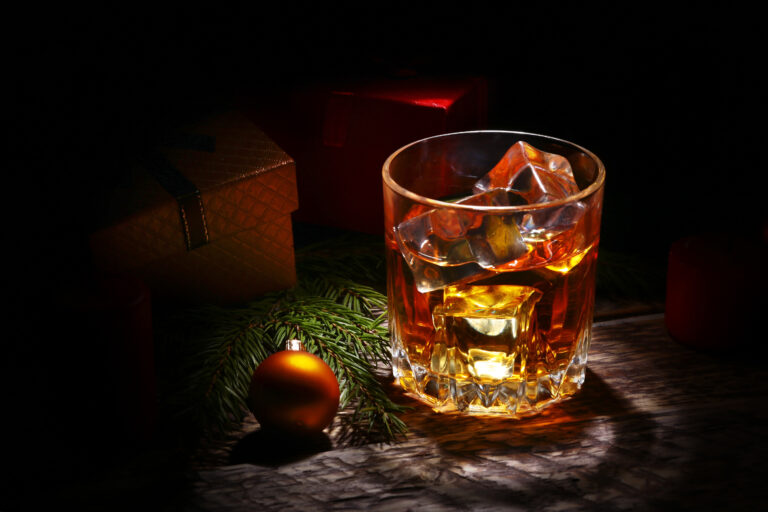Scotch, single malt, blended, bourbon, rye. What do all these terms mean? What’s the difference in the flavour? And, can Japanese whisky really be as good as Scottish?
SCOTCH
To qualify as Scotch whisky – spelled whiskey if it is Irish or American – it must have been made in Scotland, have been aged in oak barrels for at least three years and have an ABV (alcohol by volume) of at least 40 percent.

SINGLE MALT
Traditionally associated with Scotch, single malt whiskey can actually come from anywhere in the world as long as it is from a single distillery using only malted barley. There is “a certain prestige attached to single malt whiskey,” explains Mr Pewter. The most prestigious single malts available at the Tasting Room are the Macallan Scotches aged for 12, 15, 18 or 25 years. The higher the age, the higher the price tag.
BLENDED
As the name suggests, this can be a blend of single malts, single grains or a combination of malt and grain whiskeys from different distilleries. “About 10 percent of Scotch whisky spirits are single malts. The majority are blends,” says Mr Pewter.
BOURBON
An American whiskey mainly, but not solely, produced in Kentucky, bourbon is distilled from at least 51 percent corn and aged in new charred oak barrels. “It typically has a sweet, easy flavour,” says Pewter. His favourite bourbon is the Widow Jane: “This has won many different awards as one of the best sipping bourbons,” he explains.
An “offshoot of bourbon is a Tennessee whiskey”, he continues, the most famous brand of which is Jack Daniels. To meet this classification, the whiskey simply has to be produced in Tennessee and meet the requirements of a bourbon.
RYE
Made in the USA and Canada, this whiskey has over 51 percent rye grain and has “a spicier taste than bourbon,” says Mr Pewter. The most well-known rye whiskey is Canadian Club, but he also recommends Sagamore Spirit.
JAPANESE WHISKY
Deserving of their own ‘category’ because it is a relative newcomer, Japanese whisky has become particularly popular in the last five years. “Made mainly in the fashion of Scotch, they produce a whole variety of single malts and blended whiskies,” says Mr Pewter.
He recommends The Matsui from the Kurayoshi Distillery, which is aged in cherry wood barrels, creating, he says “this really rich, full body, with lots of flavours.”
How to Drink Your Whiskey
When trying a whiskey for the first time, Mr Pewter recommends tasting it “neat”, with a single ice-cube or with just a few drops of water: “A little bit of water enhances the flavours and you really have a proper tasting,” he explains.
For whiskey cocktails, he suggests adding Coca-Cola, ginger ale, ginger beer, soda, tonic or even lemonade, but this would be to a blended, bourbon or rye whiskey. Not to an expensive single malt!
Whiskey Tasting
For a fun whiskey tasting event, he suggests sampling a Macallan, the Tottori blended Matsui whisky, Widow Jane bourbon and Sagamore Spirit, with a cool glass of water in between each one.
Enjoy them with a simple snack, such as salted crackers, so you can focus on the taste and flavour of the spirit. For something more substantial, add a mild cheese or even dark chocolate, which he says really complements the flavours. Bitter nuts such as walnuts go well with sweeter whiskeys, and sweeter nuts such as pecans or pistachios, go well with a peaty, smoky Scotch.
If you want to sample a variety of whiskeys, the Tasting Room let’s their customers “try before they buy” and plays host to whiskey tasting events.

